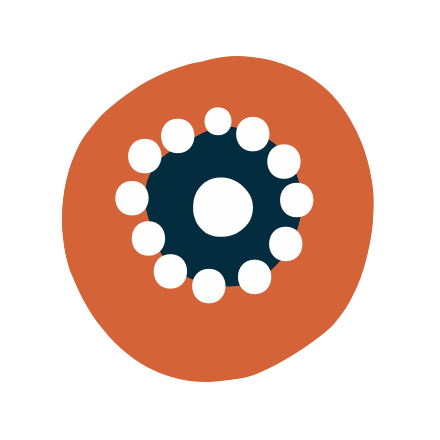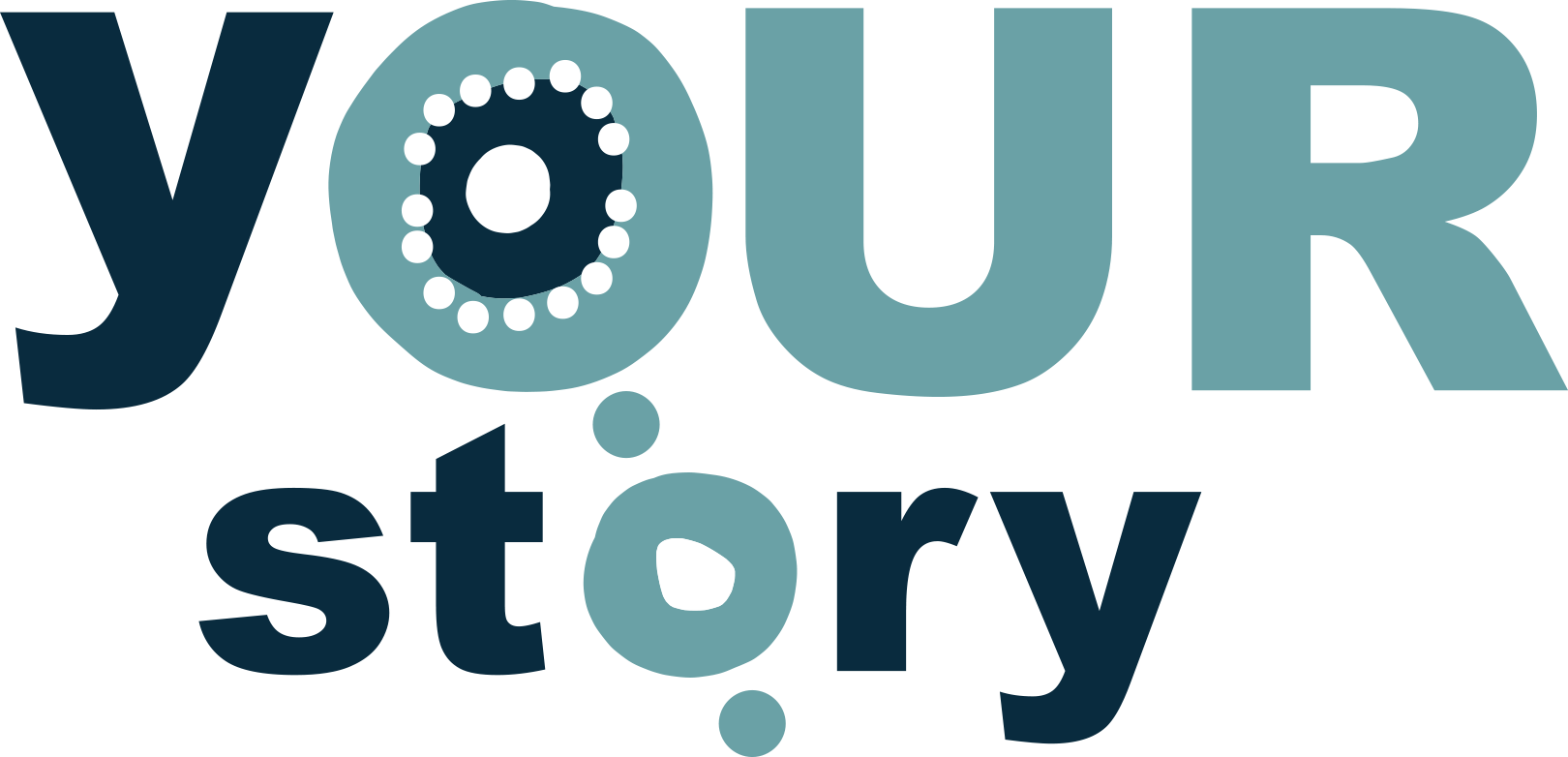Pro-activity means working from an open and engaged mindset, actively participating in partnership with others and communicating with all members of the broader school community.
It can be easy to see where two waterways meet – they might have different colours, or one might carry lots of leaves. Eventually, the two sources merge to make the one river. Similarly, your community-school partnership will be built through the contributions of diverse people. You will need to be pro-active to identify different perspectives and have an open and engaged mindset to bring them together into the one endeavour.
Being pro-active requires accepting responsibility to actively participate in partnership with others. It means adopting an inquiry stance and being mindful of your role as a listener and a learner, and how you position yourself in relation to others.
This page is built around a Reflect-Inquire-Reflect cycle.
- Start by using Statements of Intent to take a ‘snapshot’ of what you know and do.
- Reflect on your current practice and knowledge.
- Follow the Inquiry questions to explore potential changes to your practice.
- Then Reflect again on what you have learned and can do.
- Capture your reflections and learning and make plans.
Reflect
Where am I in our Story?
Everyone’s story is unique.
For each Statement, move the slider to indicate your current level of confidence in achieving the intention. A question will appear under each Statement that helps you gauge your current understanding.
Statements of Intent
Everyone’s story is their own.
Look at where you have positioned your sliders above – further to the left or right. Identify the areas that you currently know and do, and don’t know and do, in your teaching practice.
What do I know now?
What do I not know?
What do I do?
Everyone’s story can change.
Reflect on your responses using these prompts:
What credible sources is my knowledge based on?
- Sometimes we ‘just know things’ but our knowledge has come from somewhere. Reflect on the current sources of your knowledge.
What is causing gaps in my knowledge?
- Always probe further than your initial answer. For example, “I didn’t learn this at school” becomes “Why didn’t I learn this at school?”
Why am I doing some things and not others?
- We often just do things a certain way without asking why it’s that way and not another way. If you answer: “It’s how everyone else does it” take it further: “Why is everyone doing it that way”?
Inquire
What is my part in our story?
Everyone’s journey is their own.
Now you know more about what you know and do and don’t know and do, and why. Use the Inquiry questions and resources and strategies below to continue your learning journey.
Inquiry Questions
- An inquiry approach stems from an inquiring mind. This involves recognising that we are always learning, and developing the ability to frame questions and uncover answers.
- Using assessment data for improving teaching practice outlines an inquiry model.
- How could you apply it to your own learning and practice?
- We could use a more structured approach such as action learning. This is a whole school approach where teachers and community members work together to review and change practice in an organised and deliberate way.
- The Executive summary of Evaluation study of professional learning on teacher awareness of Aboriginal cultural knowledge and its impact on teaching describes how action learning can improve outcomes for Aboriginal and Torres Strait Islander students.
- How could an action learning approach be implemented in your school?
- Here are some aspects of communication to think about:
- Is the message that has been created being received as intended, or could it be interpreted differently?
- Is the medium (eg newsletter, Facebook post, electronic sign) influencing who sees, or does not see, the message?
- Is the medium (eg in person, by letter) the most appropriate way to send the particular message?
- Is the communication one way, or is it an ongoing dialogue between the school, parents and the community?
- What communication strategies are used at your school, and how effective are they? Ask the school leadership and Aboriginal and Torres Strait Islander people.
- The idea of a ‘sphere of influence’ helps us to identify the things we have control over. When it comes to community-parent-school partnerships, it’s important to think about what different people have influence over, and how this empowers or disempowers people in the relationship.
- Who exercises control in the project? Is this distributed equally?
- Do different spheres of influence interact in supportive or undermining ways?
- Are the right people, with the needed spheres of influence, involved in the project?
- Local networks and support structures are the best place to start. These will involve people who know the local context and community.
- There is also a lot to be learned from other teachers, extended community networks and Indigenous education organisations. Use the Indigenous education organisations listed in AED to find networks to connect with and learn from.
- Conversations > Relationships > Partnerships has many fantastic ideas for establishing connections between a school and Aboriginal and Torres Strait Islander communities (see pages 8 – 16 in particular). Some ideas:
- Start with informal contact and connections, where everyone gets to know each other and is able to share their stories.
- Meeting outside the school might widen the connections you make.
- Be open to connections beyond school students and their family members.
- When developing curriculum and teaching resources or creating school practices, ask for the views of Aboriginal and Torres Strait Islander students, their families, community members, Indigenous education workers, Indigenous Education Consultative bodies, experienced teachers and school leadership.
- While there are some national policies, there will also be differences unique to each school context. There may be state or local policies and relationships that need to be considered.
- Talk to the school leadership, Indigenous education workers, Department of Education Indigenous education contacts, local council Indigenous services contacts, and Aboriginal and Torres Strait Islander community members to identify the policy documents that the school could be using to support Aboriginal and Torres Strait Islander peoples’ education aspirations.
Everyone’s journey is unique to place and people.
Identify who you could work with and the changes you could make in your practice.
How can I find out what I need to know?
- Seek Aboriginal and Torres Strait Islander sources and resources.
What changes can I make?
- Aim for the achievable.
Reflect
How do I continue our story?
Now that you have learned more and identified ways to change your practice, you have the opportunity to begin the reflection cycle again. Learning never stops!
- What do I know now? Can I expand my sources of knowledge?
- What else can I learn? What’s influencing the things I am learning?
- What can I do? Why am I choosing to do those things?
Next steps
Your learning journey is now well underway! Use the Reflect-Inquire-Reflect model to keep learning, to change practice, to work together with Aboriginal and Torres Strait Islander Peoples and improve educational outcomes for our students.
Continue to learn and choose another principle to explore from the menu at the bottom of the page. Enjoy your journey!
ACER. (n.d). Indigenous education organisations listed in AED [webpages]. Accessed at http://opac.acer.edu.au/ierd/IERD_AED_indigenous.html
Burridge, N., Riordan, G., Aubusson, P., Evans, C., Vaughan, K., Kenney. S. & Chodkiewicz, A. (2009). Evaluation study of professional learning on teacher awareness of Aboriginal cultural knowledge and its impact on teaching [PDF]. Accessed at https://www.uts.edu.au/sites/default/files/qtip_finalreport09.pdf
Timperley, H. (2009). Using assessment data for improving teaching practice [PDF]. Retrieved from https://research.acer.edu.au/cgi/viewcontent.cgi?referer=https://scholar.google.com.au/&httpsredir=1&article=1036&context=research_conference
What Works. (2009). Conversations > Relationships > Partnerships – a resource for school staff [PDF]. Retrieved from http://www.whatworks.edu.au/upload/1251420821313_file_Conversationsschoolstaff.pdf – BROKEN LINK











